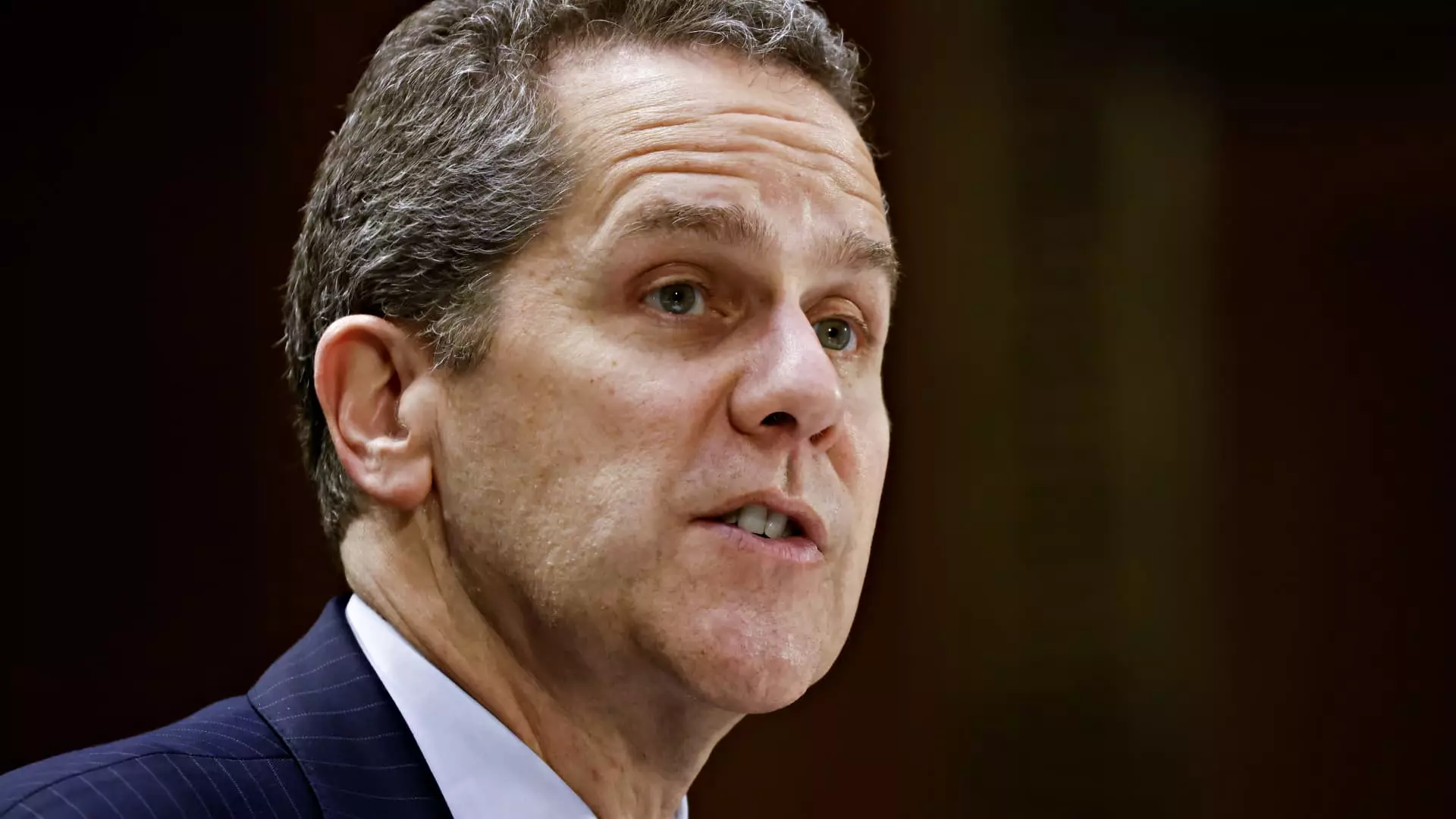The departure of Michael Barr from the role of vice chair for supervision at the Federal Reserve marks a significant shift in the regulatory landscape of the U.S. banking system. Scheduled to take effect on February 28, this decision has stirred considerable speculation regarding the upcoming leadership changes under the incoming Trump administration. Barr’s exit, after a tumultuous tenure that culminated in the regulatory challenges of early 2023, opens the floor for a new appointee who may align more closely with the pro-banking stance that Trump has indicated he prefers.
Michael Barr, who will remain a governor on the Fed board until 2026, has been a key figure since the Fed’s establishment of the vice chair for supervision position, a role created in direct response to the 2008 financial crisis. During his time in office, Barr faced considerable pressure to maintain a delicate balance between regulating financial institutions and fostering an environment conducive to economic growth. His resignation may well signal a shift in priorities, especially as the industry faces ramifications from recent collapses, including that of Silicon Valley Bank, which tested the resilience of existing regulatory frameworks.
In his parting statement, Barr highlighted the potential for disputes over his position to distract from critical missions, underlining the increasingly partisan nature of regulatory discussions in the current political climate. The implications of this shift are profound; the banking industry has been clamoring for a more lenient regulatory approach, particularly as the regulatory overhaul efforts, notably the Basel Endgame, have been met with resistance. A new appointee could potentially alter the course of these discussions in favor of more lenient guidelines, prompting concerns about the long-term stability of the financial system.
The immediate aftermath of Barr’s announcement saw a positive response from the markets, with bank stocks noted to have rallied significantly. Such movements, particularly reflected in the SPDR S&P Bank ETF, underscore investor optimism surrounding the prospect of a more accommodating regulatory environment. This optimism is hinged on expectations that Trump’s administration will prioritize banking sector growth and deregulation, potentially reversing some of the stringent measures introduced post-2008 crisis.
As President-elect Trump prepares to name Barr’s successor, the financial sector remains in a state of anticipation. The future appointee will not only inherit the challenges left behind by Barr’s tenure but will also need to navigate the delicate balance between regulation and economic encouragement in a post-pandemic world. The nuances of this transition will undoubtedly shape the trajectory of the American banking system, urging stakeholders to remain vigilant as the dynamics of financial oversight evolve. With Barr’s resignation, a new chapter in banking regulation is set to unfold—one that may redefine how financial institutions engage with regulators and policymakers in the years to come.


Leave a Reply